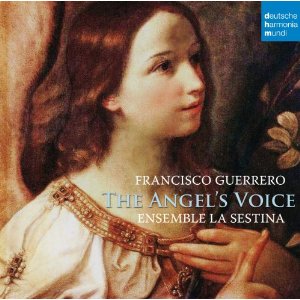Search This Blog
Early music and more by Edward Breen
Where possible, review entries are linked to their original publication.
Posts
Showing posts from May, 2011
Philipp Schoendorff: The Complete Works
- Get link
- Other Apps
Celebrating the King James Bible at 400
- Get link
- Other Apps
Francisco Guerrero: The Angel's Voice
- Get link
- Other Apps


